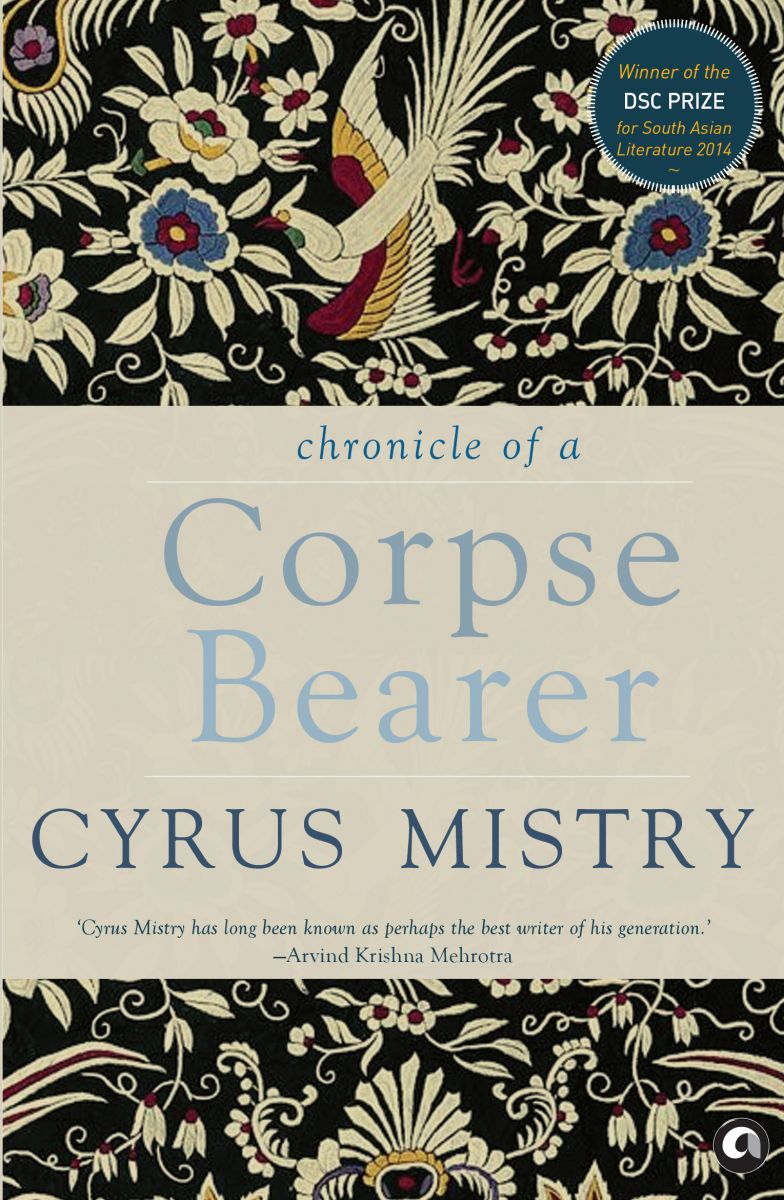 |
Cyrus Mistry rose to prominence at the Jaipur Literary Festival in 2014 when Chronicle of a Corpse Bearer won the prestigious DSC prize for South Asian Literature.
Based on a true story, this novel tells of the love between a Zoroastrian priest’s son and a corpse bearer’s daughter. By marrying Sepideh, Phiroze is forced to drop out of his class and privilege to conduct a marginal life in the khandia community; a decision he never regrets.
[Adhering to the Zoroastrian religion, the khandias, carry the bodies of dead Parsis to the Towers of Silence where they are left to the vultures.]
Prior to winning this prize Cyrus Mistry was known and respected in India more as a playwright than a novelist. This bias for dialogue and scene setting is very evident in the book, especially in the interplay of the khandias who echo the jocular atmosphere of the Mechanicals in A Midsummer Night’s Dream or the Gravediggers in Hamlet. Shakespeare used these characters for comic effect to amuse the groundlings, who had difficulty understanding the main story. In this book, the gatherings of the khandias provide a light counterpoint to the central tragic story. |
|
As our discussion developed, our opinions of the book developed too, bringing us to a new appreciation of the theatrical structure and style. We appreciated how Mistry developed the story slowly revealing the twists in events. It was also suggested that the main story echoed that of Orpheus and Eurydice.
We loved Mistry’s writing style. Many of the descriptions, especially in the woods were otherworldly. Romance was portrayed on a new level, bringing a mystical quality to Phiroze and Seppy’s relationship. Vivid vignettes open up obscure corners of Bombay while innovative use of words paint a graphic picture of events. Examples here are the group of mourning women ‘in freshly laundered white saris: swans, elegant in their grief’ or the ‘sentimental incontinence’ of Buchia. The book is also peppered with elements of sharp farce such as Phiroze’s attempt to fly the family parrot.
Set mainly during the 40’s in Bombay, the book fails to deal with the tumultuous history of the period (Gandhi and the Quit India movement). Some regarded this as a weakness, while others in the group felt Phiroze’s obliviousness to the turmoil in the city and beyond was in keeping with his character.
A weakness we all agreed on, was the way the book ended; it did not ring true.
Having read both Mistry brothers’ work as a group, we started to compare key elements of their writing. The conclusion was that we were not comparing like with like, Rohinton operates on a much bigger canvas while Cyrus is more of a poet. Though the ability to paint a farcical scene is common in both writers’ works.
We discussed the relative success of the brothers, which lead to the question, ‘do writers only succeed in India when they have been endorsed by the West?’
We rated the novel 4 stars. It shone on many levels, predominantly the romantic story at the core, the dark humour and the insight it gave us into the Parsi community and Zoroastrianism.
Submitted by Margo Rosenberg |
|




